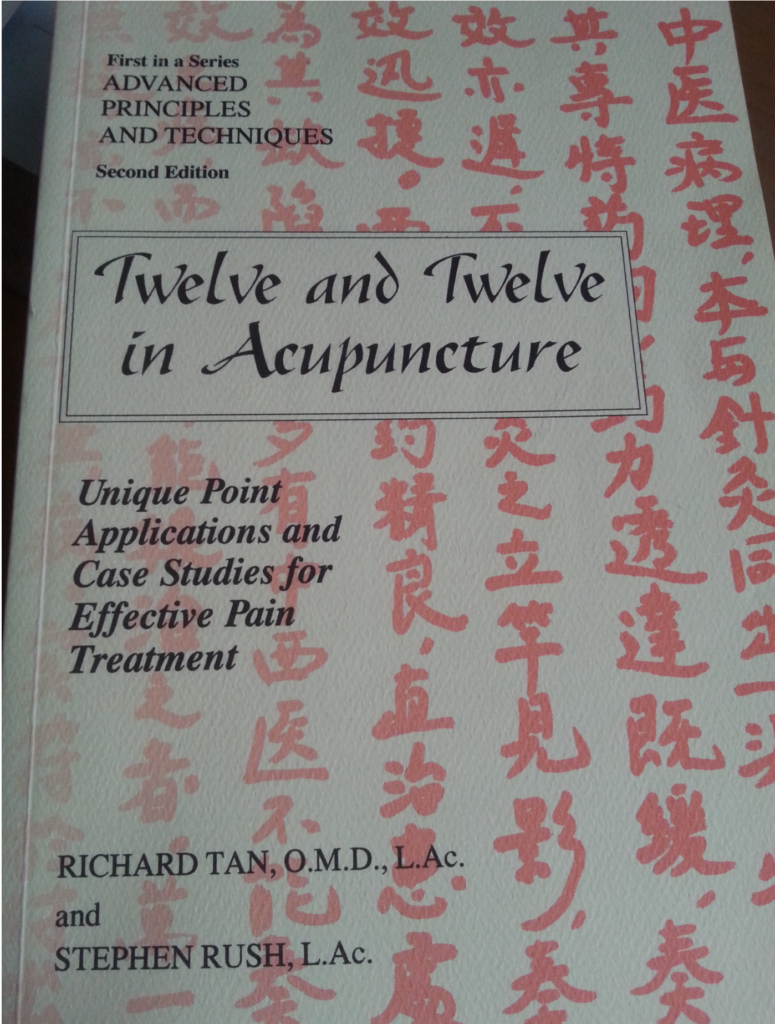October 26, 2016
Plantar Fasciitis Acupuncture Points: Mu Guan Gu Guan
Treatment of Plantar Fasciitis with Acupuncture
Plantar Fasciitis is inflammation of the plantar fascia, which is on the bottom of your foot. What happens is patients usually wake up early in the morning and their feet is really, really sore and takes about 10-20 minutes to really warm-up. They feel like they are walking in razor blades, there’s a sharp sensation at the bottom of the heel. Plantar Fasciitis is also common in runners. Roughly takes 10% of running injuries. It also accounts 11-15% of all heel pain.
Traditional treatments include Orthotics, going to Physio, doing exercises, shockwave therapy, PRP injections and these treatments are often expensive and ineffective. If you tried all these and nothing else has worked for you, acupuncture maybe an option for you.
With acupuncture, what happens is needles are placed either on the fingers, on the hands or on the scalp. This is used to stimulate the body’s limbic system. Once the body’s limbic system is stimulated the brain produces endorphins, which is your body’s natural pain killer. From then on, the patient is encouraged to move, stretch and actually do some exercises to encourage local blood flow. As treatments progressed should be able to see improvement with each and every session.
Thank you for watching this video. If you have any questions about treatment of Plantar Fasciitis using Chinese medicine, please send us an email at info@artofacupuncture.com.au

plantar fasciitis acupuncture
Mu Guan and Gu Guan is a set of points on the heel of the palm. They are great points for plantar fasciitis and “bone swelling.”
I first learned about these points from Dr. Tan’s Book, Twelve and Twelve Acupuncture. It’s a great little book with just 12 points, mostly from the Master Tung Acupuncture system. It’s a great for anyone starting in the Tung system but not yet ready to get bombed with theory. The book includes very straight forward descriptions, pics of the points, and case studies to learn from. You can read the book and literally, start using it right away and it works!

plantar fasciitis acupuncture points from Dr. Tan’s book Twelve and Twelve Acupuncture.
Gu Guan
Location: in the depression (.05cun) distal to the prominence of the scaphoid bone. (or Ashi point will do) Needling depth: .02 -.05 cun (Tan,1991.)
Mu Guan
Location: in the depression (.05cun) distal to the prominence of the pisiform bone. (or Ashi point will do) Needling depth: .02 -.05 cun (Tan,1991.)
The Chinese Character for “mu” or “木” means wood & “guan” or “关” means gate. Wood in TCM pertains to the tendons and sinews which is why it is such a great point for heel pain. I’ve also heard from other practioners using these points for menses problems which makes sense because wood is associated with liver blood as well.
The character “Gu” or “骨” translates to bone which treats kidney and bone as well. (needling muscle treats muscle, tendon for tendon, bone for bone)
Lastly, the palm of the heel is just such a great image of the heel itself. You can layer the images as well with Du 20 (head treats foot) to get even better results (Thank you Brad Whisnant.)
I’ve also had great results for knee pain especially swollen joints since one of the indications is “bone swelling.”
Watch on YouTube: http://www.youtube.com/watch?v=QCPDxWzSRFc
Master Tung came from one of the most prestigous acupuncture familes in Taiwan. This style of acupuncture is renowned for having fast and instantaneous results. If you are an acupuncturist and getting medicorce results, look into Master Tung points. No more “put’em in and pray.”
For full Master Tung Trainings check out either Brad Whisnant, Robert Chu, or Dr. Young. Def worth the investment as an acupuncturist.
Dr. Balance Method Seminars check out: Si Yuan Balance Method
References:
Tan, Richard, and Stephen C. Rush. Twelve and Twelve in Acupuncture Unique Point Applications and Case Studies for Effective Pain Treatment. San Diego, CA: Tan, Richard, 1991. Print.
Bob Wong was raised in a traditional Chinese medicine family and moved to mainland China to study and train for almost a decade. During that time, he was able to learn from some of the top acupuncturists and Chinese Medicine practitioners in at the Guangzhou University of Chinese Medicine. His mission is not bring that knowledge and experience to help his patients.
Bob Wong currently maintains an acupuncture practice in the Brisbane area and lectures at the Endeavour College of Natural Health. For more information you can read his full bio or schedule and appointment.
*The owner of this site is not liable for any misfortune that should befall a visitor to this site.This site does not offer personal advice & no information on it can be construed as personal advice. In the event that you may feel our therapies may be of benefit, we advise you to contact the clinic to make an appointment for diagnosis and treatment.
*All Videos Filmed With Written Informed Consent
*Results may vary from person to person. The owner of this website does not claim to cure, or prevent any disease or illness. For more information on how acupuncture works, contact info@artofacupuncture.com.au

0 Comments
Leave A Comment